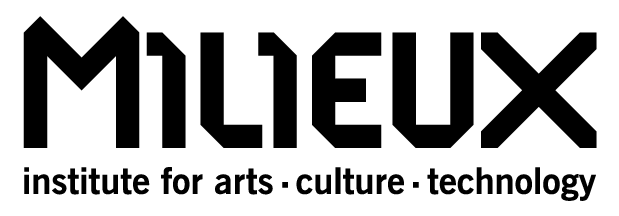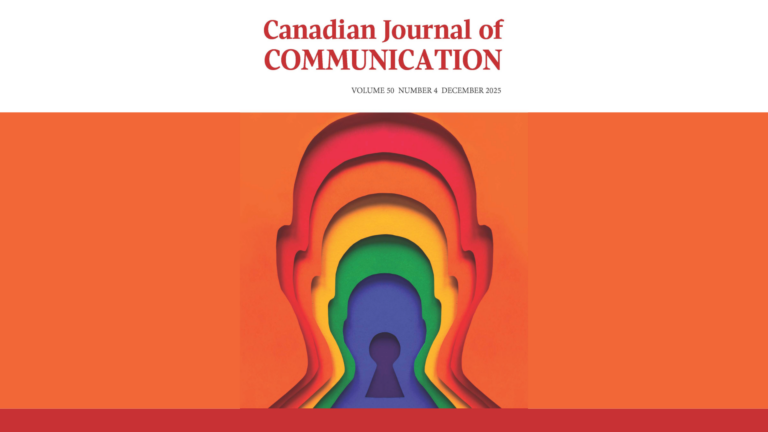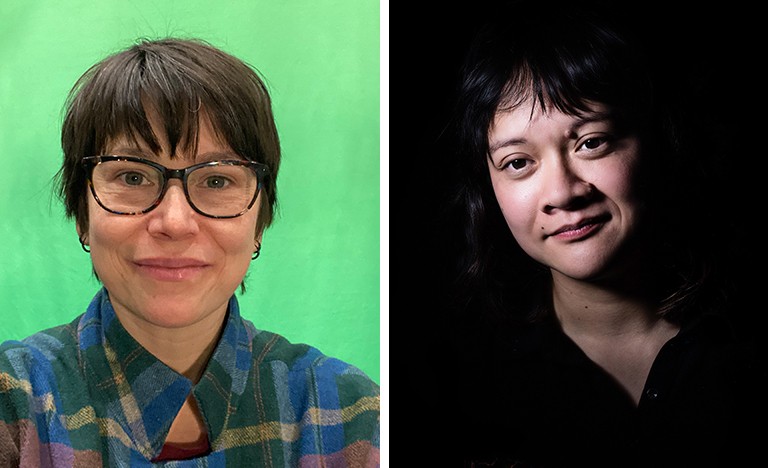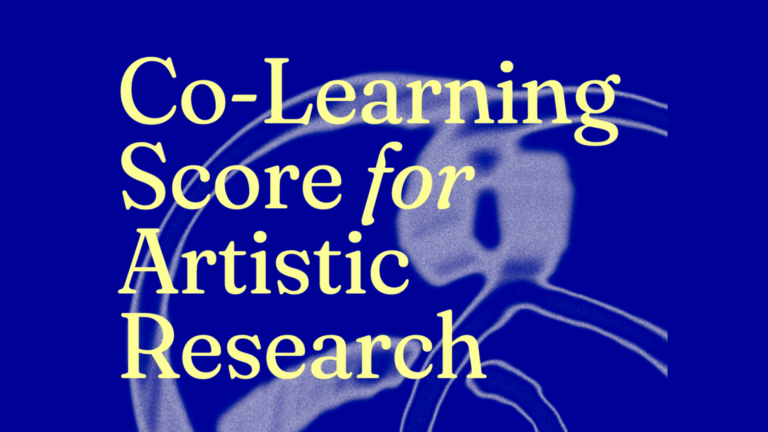Milieux is looking for two Concordia University grad students to join Hanna Pajala-Assefa on a two-week experimentation and phase 2 production of her virtual reality project Skeleton Conductor.
This is a funded position and production will happen from February 10 to 21, 2020 at Millieux VR Lab (EV10.705). The students need to have an interest in virtual reality development and have a good knowledge of the UNITY engine.
Qualifications:
Student a)
- Knowledge in VR development using UNITY engine. Focus on particle creation and manipulation using UNITYs shader graph.
- Understanding of HTC VIVE tracker system and a basic knowledge in motion capture using Microsoft Kinect v2.
Student b)
- Knowledge in sound integration using UNITY engine. Focus on ambisonic sound spatialisation using FMOD.
- Experience using Max MSP or other OSC based sound generation/synthetisation tool
If you are interested please contact Marco Luna at vr.milieux@concordia.ca
About the Skeleton Conductor Project
The multidisciplinary Skeleton Conductor project is sourcing from principles of co-designing technology with expert communities of artists, virtual technology creators and embodied experience designers. The objective is to design a virtual experience where the real-time tracked physicality and movements of the user are the key ignitors of HMD displayed sound and images. The venture is to design an immersive, interactive art experience where the phenomena of kinetic musicality and kinesonic composition can be experienced, explored and appreciated. Through the design we attempt to emphasise the users felt experience and multi sensorial presence and allow playful, pleasurable immersion through motion-based interaction and inter-reflectivity while acting with and within the virtual environment. SC is a user centred, single user art experience, where the user is in key position in the creative act. We seek to critically challenge the design customs from the usual gamified ‘task-and-reward’ -based and visually geared, object related interaction into movement based interaction and corporal, soma-based design, where the user is free to discover the open-ended and poly-solutional experience and rewarded by a unique, playful, aesthetic experience conceived through creative agency and the key synthesis of visuals, sound and movement. Throughout the design process of this empowering art experience I also seek to build knowledge of how to design an immersive inclusive art and soma-based embodied experience with currently available technology tools. Extended reality allows to study this particular situatedness where the bodily presence and virtually conceived properties of expression simultaneously exist. Through this study, the aim is to generate new knowledge about the impact and meaning of interacting with and within a digital computed entity and the significance of the body in extending the sense of selfinto a virtual realm.
ABOUT HANNA PAJALA-ASSEFA
Hanna Pajala-Assefa is a contemporary artists whose work orients around the disciplines of contemporary dance and performance and it’s expressed in forms of media art, dance film, contemporary performance and VR/XR. She has led and carried out multiple interdisciplinary projects involving contemporary dance, new technology, music and multimedia. Her extensive experience spreads over choreography, concept design, content curations as well as event and project production. Her strength lays in developing and leading multidisciplinary creative projects, managing complex challenges in arts and driving them to success. She’s driven by curiosity and the desire to keep discovering ways to explore and express the embodied experience through multidisciplinary art. She is currently developing a XR experience Skeleton Conductor.



